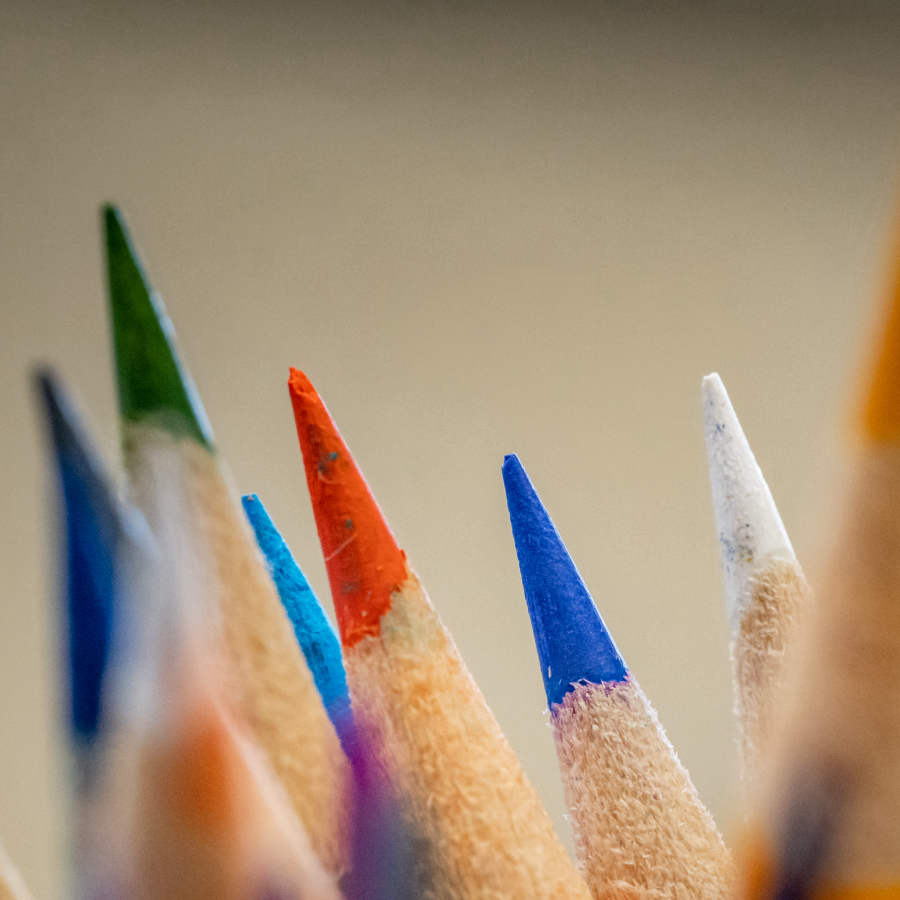In the world of stationary, pencils hold a timeless charm, but have you ever noticed your pencil getting strangely warm during use? This phenomenon, while intriguing, can be puzzling to many. Understanding why your pencil heats up and how you can mitigate this issue is essential for ensuring a smooth writing experience. If you’re curious about the science behind this and want to discover effective solutions, keep reading.
The Scientific Explanation: Friction and Heat
One of the primary reasons your pencil heats up is due to friction. When you write or draw, the graphite core of the pencil rubs against the paper, and this friction generates heat. This is a basic principle of physics: whenever two surfaces move against each other, they produce friction, which in turn generates heat.

To delve deeper, the friction arises from the microscopic interactions between the graphite particles and the paper fibers. The faster and harder you write, the more friction is produced, and consequently, the more heat is generated. This can be particularly noticeable when you are writing continuously for a long time without giving your pencil a break.
However, this heating is usually mild and shouldn’t cause any real concern. Yet, understanding this process can help you make informed decisions about how to manage it. For more detailed scientific insights, you might find this resource helpful: The Physics Classroom.
Common Misconceptions and Practical Concerns
It’s important to address some common misconceptions about pencil heating. Many users might think that a heating pencil is a sign of poor quality, which is not necessarily true. Quality pencils like those available at cpencils.com are crafted to high standards, yet they too can heat up due to the basic principles of friction.
Consider the scenario of an exam room. Under stress, students might write more vigorously and continuously, leading to noticeable warming of the pencil. This is a natural reaction to the pressure and should not be misconstrued as a defect.
Furthermore, not all instances of heating are purely due to friction. Environmental factors like room temperature and humidity can also play a role. In a warm, humid room, materials tend to retain heat longer, making the pencil feel warmer than it would in a cooler environment.
Effective Solutions to Reduce Pencil Heating
So, how can we address this issue? Here are some practical tips to reduce the heating of your pencil during use:
-
Control Writing Pressure and Speed: Try to maintain a moderate pressure and consistent speed while writing. Excessive force not only leads to faster heating but can also cause strain on your hand.
-
Take Frequent Breaks: If you’re engaged in a lengthy writing session, take frequent breaks. This allows the pencil to cool down and also gives your hand some rest, reducing the risk of strain or cramping.
-
Use Specialized Pencils: There are pencils designed to minimize friction and heat generation. Ergonomically designed pencils with special coatings can help in reducing the amount of heat produced during writing. For bulk orders of customized pencils that can meet specific needs, consider durzerd.com as a reliable supplier.
Additional Insights and Recommendations
Apart from the practical steps mentioned, it’s also beneficial to be aware of different pencil types and their specific advantages. For instance, mechanical pencils tend to generate less heat compared to traditional wooden pencils because of their consistent lead thickness and smoother writing experience. However, the choice between mechanical and traditional pencils largely depends on personal preference and specific use cases.
For educational or professional environments, investing in high-quality pencils that are less prone to heating can be advantageous. Brands that offer specialized pencils with heat-resistant properties can be worth the extra cost. Another useful tip is to keep multiple pencils at hand. Rotating between them can prevent any single pencil from heating up too much, ensuring a more comfortable writing experience.
Lastly, staying informed about the latest advancements in pencil technology can also be beneficial. Newer materials and coatings are being developed to address issues like overheating. Keeping an eye on industry trends can help you make better purchasing decisions in the future. For more on the latest in pencil technology, you might visit this informative article on Pencil Revolution.
In conclusion, understanding the science behind a heating pencil and implementing practical solutions can enhance your writing experience. By managing writing pressure, taking breaks, and choosing the right tools, you can minimize this issue effectively. Whether you’re a student, artist, or professional, these insights can help you write more comfortably and efficiently.



